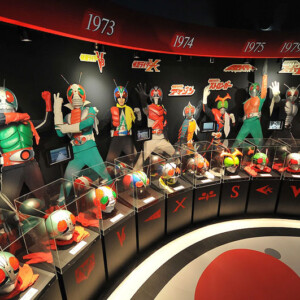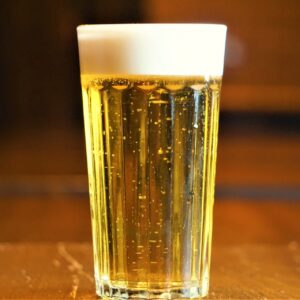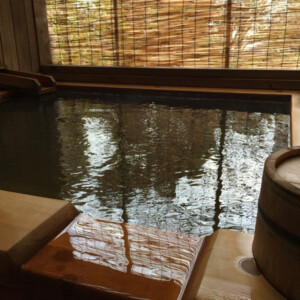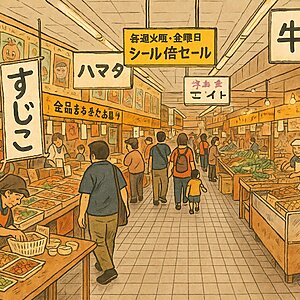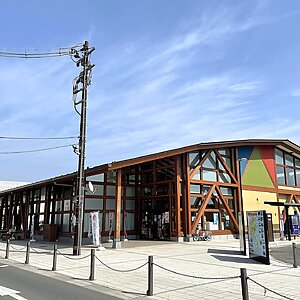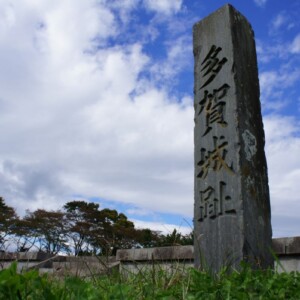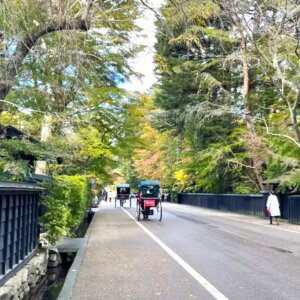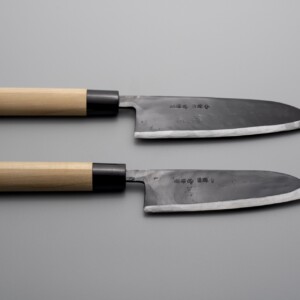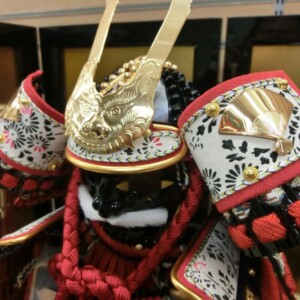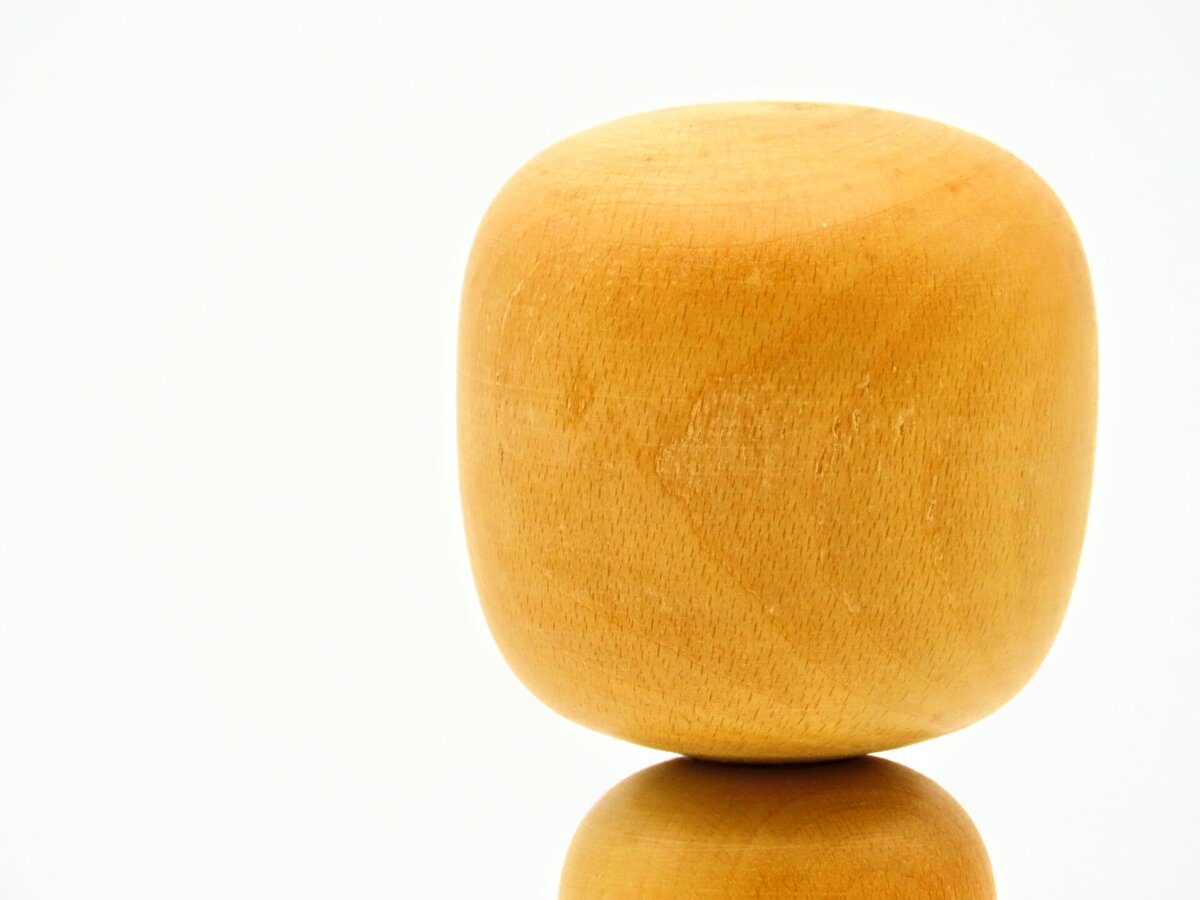
Nanbu Kokeshi – A slightly unusual traditional kokeshi with a distinctive characteristic [Iwate Prefecture]
table of contents
Kokeshi dolls are one of the traditional crafts representing the Tohoku region .
It is a craft that has spread over a fairly wide area, with at least one unique lineage existing in every prefecture in Tohoku.
This time, we will take a closer look at the ``Nanbu Kokeshi'',
What is Kokeshi?
Kokeshi dolls are made by craftsmen called kijishi who lived mainly in mountain villages and 's wheel to make bowls and trays for a living. It is a wooden toy that was made to be sold as a souvenir to tourists in hot spring resorts.
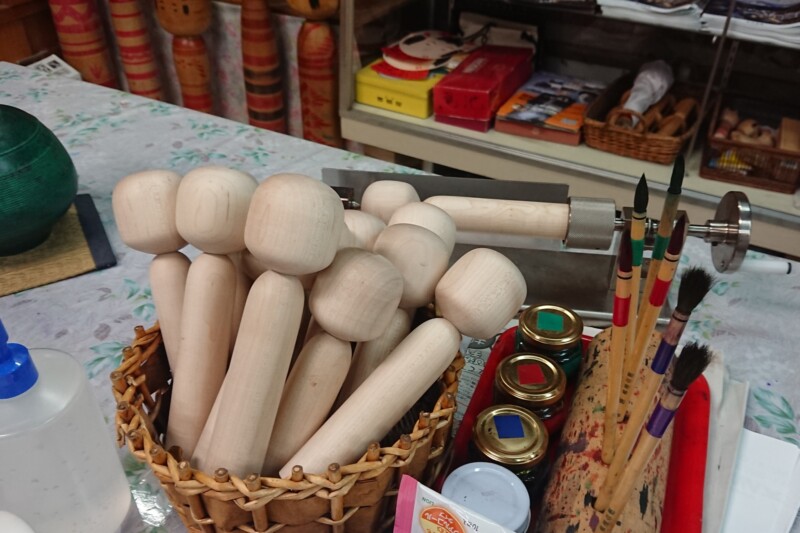
It is said to have originated around the end of the Edo period, and is generally divided into the following 12 strains based on production area and characteristics.
- Tsugaru type (around Hirosaki City and Kuroishi City, Aomori Prefecture)
- Southern type (around Hanamaki City, Iwate Prefecture)
- Kiji Mountain Range (around Yuzawa City, Akita Prefecture)
- Naruko type (around Naruko Onsen, Osaki City, Miyagi Prefecture)
- Sakunami system (around Sakunami Onsen, Sendai City, Miyagi Prefecture)
- Togatta system (around Togatta Onsen, Zao Town, Katta District, Miyagi Prefecture)
- Yajiro type (around Kamasaki Onsen, Shiroishi City, Miyagi Prefecture)
- Hijiori series (around Hijiori Onsen, Okura Village, Mogami District, Yamagata Prefecture)
- Yamagata series (around Yamagata City, Yamagata Prefecture)
- Zao Takayu system (around Zao Onsen, Yamagata City, Yamagata Prefecture)
- Tsuchiyu system (around Tsuchiyu Onsen, Fukushima City, Fukushima Prefecture)
- Nakanosawa series (around Nakanosawa Onsen, Inawashiro-cho, Yama-gun, Fukushima Prefecture)
Various names and their origins
Kokeshi dolls have many other names, including , Dekoroko , Kogesu , Kiboko , Kogehoko , Kinakinabokko , Odekosama
Where did the name "kokeshi" originally come from? There are various theories about this,
- Transformation of the pest control toy to prevent epidemics
- Changes in burnt (piece of wood) cheeks (doll)
- Koge (wood cutting) meaning of shi (child)
- The accent of a small doll called okeshi that was popular in the Edo period.
There are multiple theories such as. Each theory has a certain level of persuasive power, and the aliases mentioned above are thought to have evolved by adding local accents to the names based on their respective origins.
In this way, Kokeshi dolls were called by completely different names in various places, but in 1940 (Showa 15), Kokeshi craftsmen and enthusiasts attended the ``1st Local Gathering - Naruko Festival'' A number of people related to the festival got together and decided to unify the word ``kokeshi'' into three hiragana letters, and from then on it has been called ``kokeshi'' in all regions.
Southern style kokeshi dolls developed mainly in Hanamaki City, Iwate Prefecture
Nanbu Kokeshi was developed around Hanamaki City, Iwate Prefecture .
It is said that the craft began when woodworkers such as the Sasaki family and the Susumago family of Hanamaki made kokeshi dolls in between making various woodworks, and at its peak there were about 10 kokeshi craftsmen. But now only a few people remain.

A characteristic of southern style kokeshi dolls is that they are ``neutral'' Nowadays, Nanbu Kokeshi dolls come in a variety of colors, but the original version is said to have no coloring applied to it.
It is made of wood called Kosambara (Aohada), which has a hard, white surface, and one of its features is that the head is recessed and moves easily.
Since it has its roots in a baby pacifier called ``kinakina'', it is also called ``kick ra bocco'', ``kinakinabo'', and ``kinakina bokko''.
Later, under the influence of craftsmen from the Naruko and Togatta eras, the designs began to be painted, and because they often depicted flowers such as chrysanthemums, peonies, dianthus, and camellias, they Hanamaki Kokeshi and were no longer in use. The wood used has also changed to include Japanese red oak, cherry tree, and zelkova.
“Kenji Miyazawa Fairy Tales Village” where you can purchase Nanbu Kokeshi dolls
Currently, Nanbu Kokeshi dolls are being sold at Mori no Tenkokkoya, located in Miyazawa Kenji Fairy Tale Village in Hanamaki City.
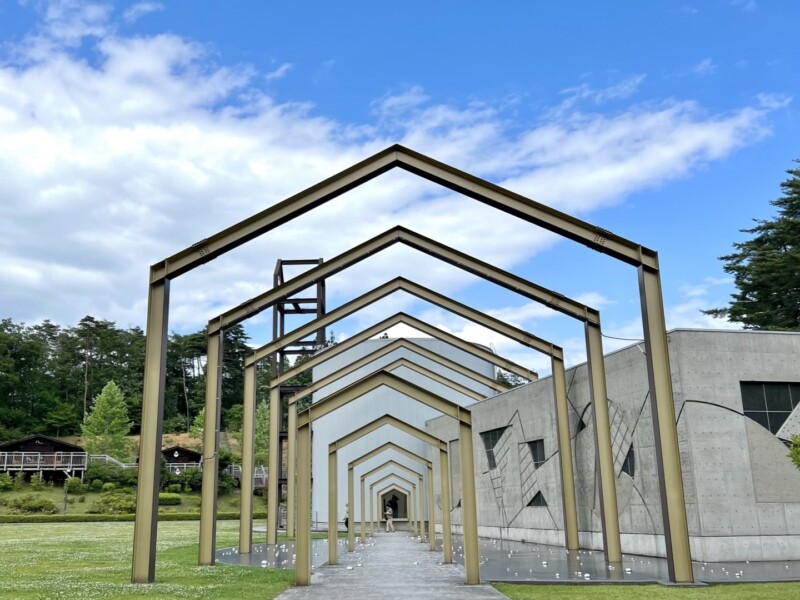
Also, right next to Miyazawa Kenji Fairy Tale Village is the workshop of the Nanbu Kokeshi craftsmen, Soukonie, so it might be a good idea to take a look there as well.
Kenji Miyazawa Fairy Tale Village <Information>
- Name: Kenji Miyazawa Fairy Tale Village
- Address: 19, Takamatsu No. 26, Hanamaki City, Iwate Prefecture, 025-0014
- Phone number: 0198-31-2211
- Official URL: Hanamaki City – Kenji Miyazawa Fairy Tale Village
Google Map
Soot grandchild kokeshi<Information>
- Name: Kobo Kogunobo
- Address: 35, Takamatsu No. 26, Hanamaki City, Iwate Prefecture, 025-0014
- Phone number: 0198-31-2165
- Official URL: http://kokeshi.gxh.jp/




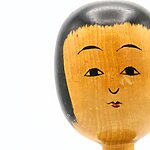


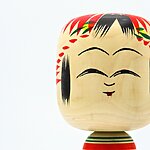
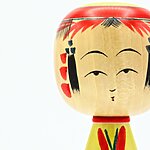
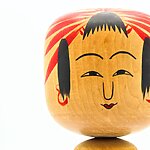

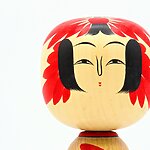

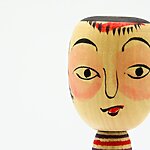
![Kijiyama Kokeshi - Akita Traditional Kokeshi with a distinctive expression that gives you a sense of sorrow [Akita Prefecture] Kijiyama Kokeshi's expression](https://jp.neft.asia/wp-content/uploads/2025/01/IMG_1792-150x150.jpg)
![Togata Kokeshi - Traditional Kokeshi developed at Togata Onsen in Miyagi Zao [Miyagi Prefecture] Togata Kokeshi's expression](https://jp.neft.asia/wp-content/uploads/2024/09/IMG_1784-150x150.jpg)
![Yajiro Kokeshi - Traditional Kokeshi developed around Kamasaki Onsen, the home of the Shiraishi Katakura family [Miyagi Prefecture] Yajiro Kokeshi's expression](https://jp.neft.asia/wp-content/uploads/2024/09/IMG_1801-150x150.jpg)
![Naruko Kokeshi - Traditional Kokeshi developed at Naruko Onsen, the three famous hot springs in Oshu in Miyagi [Miyagi Prefecture] Naruko Kokeshi's expression](https://jp.neft.asia/wp-content/uploads/2024/10/IMG_1783-150x150.jpg)
![Nakanosawa Kokeshi - Traditional Kokeshi that has evolved after breaking from the reputation of being a "part of the Doyu" [Fukushima Prefecture] Nakanosawa Kokeshi's expression](https://jp.neft.asia/wp-content/uploads/2024/10/IMG_1785-150x150.jpg)
![Doyu Kokeshi - Traditional kokeshi originating from "Doyu Onsen", which is said to be the birthplace of the three major kokeshi at Tohoku [Fukushima Prefecture] The expression of the Doyu Kokeshi](https://jp.neft.asia/wp-content/uploads/2024/10/IMG_1799-150x150.jpg)
![Zao Takayu Kokeshi - Traditional Kokeshi developed in Zao Onsen, following the trends of Doyu and Togarida [Yamagata Prefecture] Zao Takayu Kokeshi's expression](https://jp.neft.asia/wp-content/uploads/2024/11/IMG_1781-150x150.jpg)
![Hibiori Kokeshi - Traditional Kokeshi developed at Hibiori Onsen, following the Naruko and Togata styles [Yamagata Prefecture] The expression on the elbow robbing](https://jp.neft.asia/wp-content/uploads/2024/12/IMG_1804-150x150.jpg)
